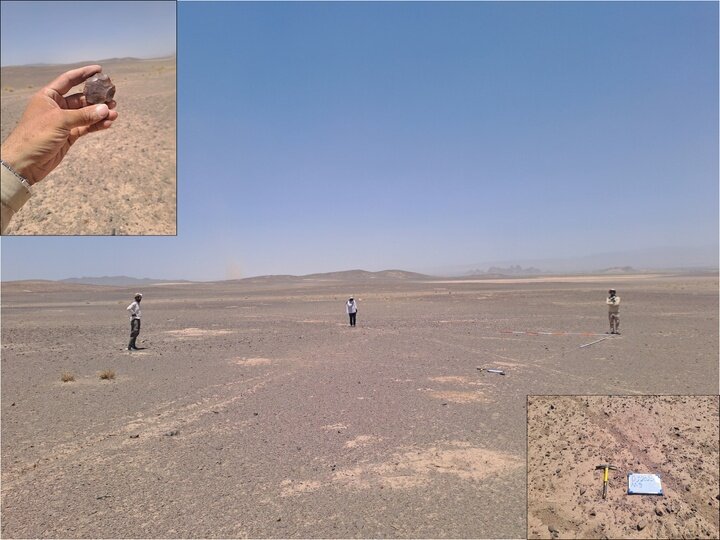Trenching operations begin in Paleolithic site of eastern Iran

TEHRAN—Head of South Khorasan Cultural Heritage Department Ahmad Barabadi gave news of start of conducting archaeological trenches in the Paleolithic site in Sarayan county, east of Iran.
According to IRIB, he said the trenching operations have been started with permission of the Cultural Heritage Ministry’s Research Institute.
Based on former studies, this site contains a sequence from the Upper Paleolithic to the Middle Paleolithic eras, he pointed out.
He also said, “According to the preliminary evaluations, this Paleolithic site which extends over 100 hectares, can significantly change our understanding of the first inhabitants of this part of Iranian plateau.”
Barabadi continued that with the end of studies of Carleton Stevens Coon, American anthropologist, no trenching operations had been conducted in Paleolithic sites of eastern Iranian plateau until the middle of the 20th Century.
This is the first time in recent seven decades that studies of this kind have begun in South Khorasan, he said, expressing the hope that with implementation of this project, the precincts of the Paleolithic site are defined, preventing more destructions.
Also, Ali Sadraei, caretaker of the study team, said that unlike some key sites on the central Iranian plateau, which are of the Nebka type, the Paleolithic sites in the east of the country generally have a different morphology and are more comparable to the open sites on the southern coast of the Pars Basin, an issue that adds to the complexity of these sites.
He added: “In this regard, and in order to achieve an accurate understanding of the site's condition, in the first step, we will systematically survey the site's surface and record the general distribution area of stone tools. Part of this operational phase has been completed so far, and this part of the operation will be carried out mainly without removing stone tools in order to minimize the amount of damage to the site.”
“This method helps us to have better understanding of the concentration of the settlement in the Paleolithic site and the diversity of the available stone industries. It will also prepare the roadmap for continuing the trenching operations with the least damages.”
He expressed that hope that by continuing this operation and subsequent studies, they will achieve an accurate chronology of this site, which will help them end the tragedy of the lack of absolute antiquity from sites in eastern Iran and gain a precise understanding of the status of hominins in eastern Iran.
KD
